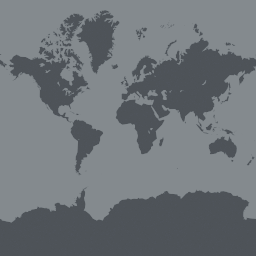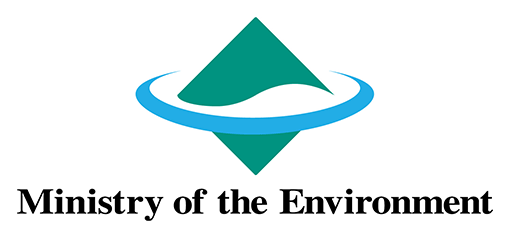The many local languages and rich cultural diversity of Asia creates communication barriers in bringing together information on species occurrence and distribution, and the names used in biodiversity research like regional floras, botanical papers and existing gazetteers frequently record only species' local vernacular names.
These same sources also frequently lack the precise geographic coordinates needed to conduct high-quality biodiversity assessments and research. For instance, a review of plant specimen data available through GBIF.org from 11 Southeast Asian countries as of December 2016 revealed that only 37.5 per cent contain georeferenced information, while nearly 50 per cent include free text on the location rather than coordinates.
To surmount these difficulties and increase the understanding of local botanical literature across international and linguistic borders, this project focuses on compiling a multilingual gazetteer for locations in Asia from different data sources, such as specimens, books, articles and notebooks. The initiative will tap locality information from the non-georeferenced specimen records currently available through GBIF, initially centering on place names in China, Chinese Taipei, Indonesia, Vietnam, Japan and Malaysia. An online system will accept inputs and edits from both professionals and volunteers across Asia, displaying the historical changes of the place names associated with biodiversity hotspots.
Project Progress
With participants from four countries, the project has worked to collect data from gazeteers and GBIF occurrence records to make an initial analysis. The project is also progressing with collecting herbium data and will seek to extend these records.
Initial development of an online portal has been made which will allow users to view, query and annotate data based on Drupal, an open source CMS which has the built-in flexibility for the projects needs.
The project will now seek to publish and promote the new portal alongside training workshops, conference activities and awareness-building events to bring more users to the project, the data and the portal.



